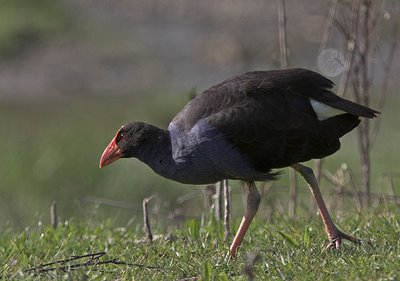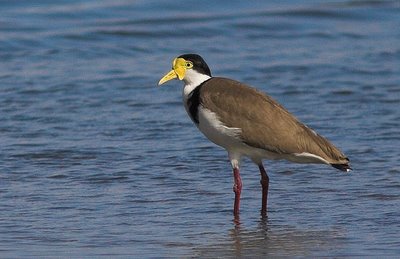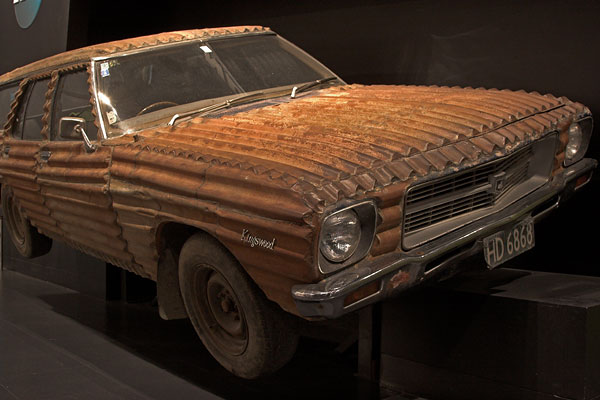 and lumpy; the texture rough and pitted. The stone is encircled by a small, blue band of webbing, like a miniature climber’s sling. I recognise its significance.
and lumpy; the texture rough and pitted. The stone is encircled by a small, blue band of webbing, like a miniature climber’s sling. I recognise its significance. It is the mark of incipient terrorism.
...
The Neurological Foundation of New Zealand (NFNZ) suggests the current scientific consensus is that dreams have no meaning. The Foundation’s usually excellent newsletter quotes Harvard Medical School’s Allan Hobson [1] as pointing out that “hallucinatory mental content is lowest during active waking and highest during REM sleep,” while “the incidence of thinking is highest during quiet waking and lowest during REM sleep.” From this, the Foundation’s article concludes a sleeping brain cannot simultaneously generate perceptions and think about them; in other words, you cannot make sense of your dreams.
I’m still struggling to make sense of that logic.
...
I walk down the driveway and through the gate, into an area of scrub-covered hillside and crumbling rock, leading down to flat land. I spent my childhood here; now, however, it is 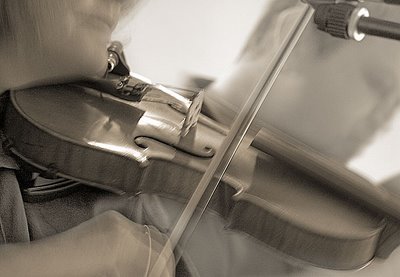 more arid, full of drought and fear. I walk with my hands held out and up to show I am helpless, that I am no threat. I am afraid, but keep walking. A group of small men walk past me and I try to explain that I just wish to talk. They seem to be in a hurry, but they assure me they will arrange a meeting. I am doing this to avert the attack on my family.
more arid, full of drought and fear. I walk with my hands held out and up to show I am helpless, that I am no threat. I am afraid, but keep walking. A group of small men walk past me and I try to explain that I just wish to talk. They seem to be in a hurry, but they assure me they will arrange a meeting. I am doing this to avert the attack on my family.
...
The NFNZ’s article was published this year. I check the article on which it was based and find it was published in 1998 [2]. Given the article did not present original research but instead was a selective, popular summary, the conclusions are likely to be close to a decade old. That’s a long time in science, and I wonder what the consensus is now.
...
I wake in a room already full of light, and reach out to turn on the radio. A New Zealand woman has been seriously wounded by a gunman in Jordan; another person in her group was killed in the attack.
I am awake in my room in the Pohangina Valley, listening to what happened in the world while I was dreaming.
...
Even a cursory investigation raises doubt about the NFNZ’s dogmatic conclusion. Hobson's models of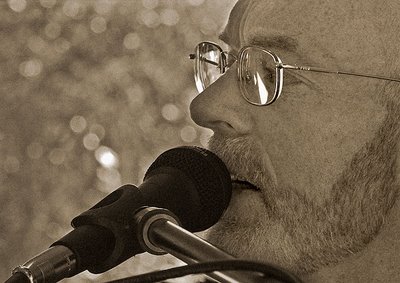 dreaming have not been universally accepted; indeed, they have been opposed vehemently by Mark Solms, whose research results disagree with Hobson's in three major areas.
dreaming have not been universally accepted; indeed, they have been opposed vehemently by Mark Solms, whose research results disagree with Hobson's in three major areas.
Hobson claims dreams originate in the same region of the brain (the pons) that stimulates REM sleep; the signals arising here are relatively chaotic [3] and it is the forebrain’s attempts to “make sense” of these chaotic impulses that we experience as dreams. He now concedes that the forebrain might in fact influence REM activity, but still maintains that because the “thinking” part of the forebrain (the prefrontal cortex) is not active during dreaming, while the “emotional brain” (the limbic and paralimbic regions) is active, dreams have little or no meaning.
Solms, however, claims to have shown that dreaming is not synonymous with REM sleep—in other words, that significant dreaming activity occurs independently from REM sleep [4]; and that dreams originate in a different area of the brain (the ventral tegmental area of the midbrain).
Hobson and Solms also disagree about the biochemistry of dreaming. Hobson focuses on the levels of serotonin, norepinephrine, and acetylcholine and how the interactions of these chemicals cause the observed characteristics of dreams, while Solms argues that the dopaminergic system—which also regulates appetites and desires—forms the basis of dreaming.
Thus, the controversy arises from three major differences: the area of the brain in which dreaming  originates (and therefore the implications of this in light of what is known about the function of these different regions); whether dreams are substantially a byproduct of REM activity; and the neurochemical basis of dreams (and again, therefore, the implications of this).
originates (and therefore the implications of this in light of what is known about the function of these different regions); whether dreams are substantially a byproduct of REM activity; and the neurochemical basis of dreams (and again, therefore, the implications of this).
The upshot of these differences is that Hobson’s theory points strongly to dreams as being largely random and therefore meaningless, but Solms’ theory links dreaming with areas and processes considered important in generating our appetites and desires. This also means Freud’s theories of dreams can have no place in Hobson’s model, but seem to be not just allowed, but supported by Solms’ model.
Despite this polarisation, Hobson and Solms both consider dreaming as akin to psychosis; they regard dreams as fundamentally bizarre and emotional. However, empirical sleep research—in loose terms, experimental observation—suggests otherwise; moreover, this research suggests both theories are wrong because the predicted associations between neurophysiological activity and the characteristics of dreams (e.g., “bizarreness”, or intense emotion) have not been observed [5].
...
I lie awake, thinking about the dream, thinking about dreaming. When I was a small child, I often dreamed of being chased by wolves and escaping into the sky. As I grew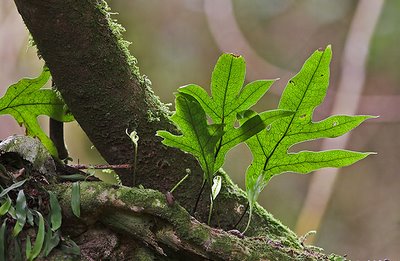 older and learned more about the true nature of wolves, the dream became less frequent. Now, I no longer have recurring dreams—at least, not that I remember. But other people do, and I wonder: if brain activity during dreaming really is so chaotic, how can this explain recurring dreams?
older and learned more about the true nature of wolves, the dream became less frequent. Now, I no longer have recurring dreams—at least, not that I remember. But other people do, and I wonder: if brain activity during dreaming really is so chaotic, how can this explain recurring dreams?
...
Further investigation leads me into a mire of arguments, hypotheses, digressions, and technical jargon well beyond my comprehension, but what does seem clear is that the NFNZ's dogmatic conclusion is unjustified: other theories have been proposed, but all are flawed in some way. Even the popular assertion that sleep serves to consolidate memory is hotly argued [6].
Currently, no satisfactory model explains dreaming. A sound model, it seems, remains a dream.
...
Do dreams have meaning? For all my scepticism about the quality of the NFNZ’s article and regardless of whether Allan Hobson’s theories (or any others) are correct, I’m inclined to agree with at least part of what he says: the greatest value of dreams is that the attempt to interpret them tells us something about ourselves. The difficulty, of course, arises if you believe they mean nothing; if you believe you cannot meaningfully interrogate your dreams. If you believe that, then dreams can tell you nothing about yourself.

Notes:
I’m not suggesting any kind of prescience in the dreams I mention here, nor do I attach any importance to the supposed coincidences. Dreams about terrorism are, I suspect, not uncommon. Tragically, nor is terrorism solely a nightmare.
1. Hobson is one of the developers of the activation-synthesis hypothesis, which in its original form regards dreams as essentially meaningless (Hobson, J.A.; McCarley, R. 1977: The brain as a dream state generator: An activation-synthesis hypothesis of the dream process. American Journal of Psychiatry 134: 1335–1348. [Read the abstract]).
2. The original article is no help, because in it Allan Hobson doesn’t argue the case for denying that dreams have meaning—he insists they have no meaning: ‘"Dreams do not contain messages from the unconscious mind, or provide an outlet for repressed feelings," insists J. Allan Hobson, professor of psychiatry at Harvard Medical School.’ (op. cit.)
3. This has been disputed; brain stem signals may be ordered and predictable, or at least not as chaotic as claimed by Hobson (Jones, B. E. 2000. The interpretation of physiology. Behavioral and Brain Sciences 23: 955–956).
4. The association between dreaming and REM sleep has been recognised since 1953 (Aserinsky, E.; Kleitman, N. 1953: Regularly occurring periods of eye motility, and concomitant phenomena, during sleep. Science 118:273–274); however, this aspect of the Hobson/Solms controversy focuses on whether REM sleep is the sole origin of significant dreaming.
5. Domhoff, G. W. 2005: Refocusing the neurocognitive approach to dreams: A critique of the Hobson versus Solms debate. Dreaming 15: 3–20.
6. For example, compare Robert Vertes' conclusion that “there is no compelling evidence to support a relationship between sleep and memory consolidation” with the view of Jan Born and Björn Rasch that “ compelling evidence has accumulated that links sleep to learning and memory.” Vertes, R. 2004: Memory Consolidation in Sleep: Dream or Reality. Neuron 44: 135-148; Born, J.; Rasch, B. 2006. Sleep to remember. The Neuroscientist 12 (5): 410–424.
Photos (click them if you want a larger image):
1. Possum (Trichosurus vulpecula) skull, No. 1 Line track, Ruahine Range. Someone had hung this by its eye socket from a small, dead shrub in front of the massive rimu, a tree hundreds of years old.
2, 3, 4. Viv, Tony, and Paul playing at the Waterford a few weekends ago.
5. Kowaowao (hound's tongue fern, Microsorum pustulatum), No. 1 Line track.
6. Image based on a photo of horopito (mountain pepperwood, Pseudowintera colorata), No. 1 Line track.
Photos and words © 2006 Pete McGregor

